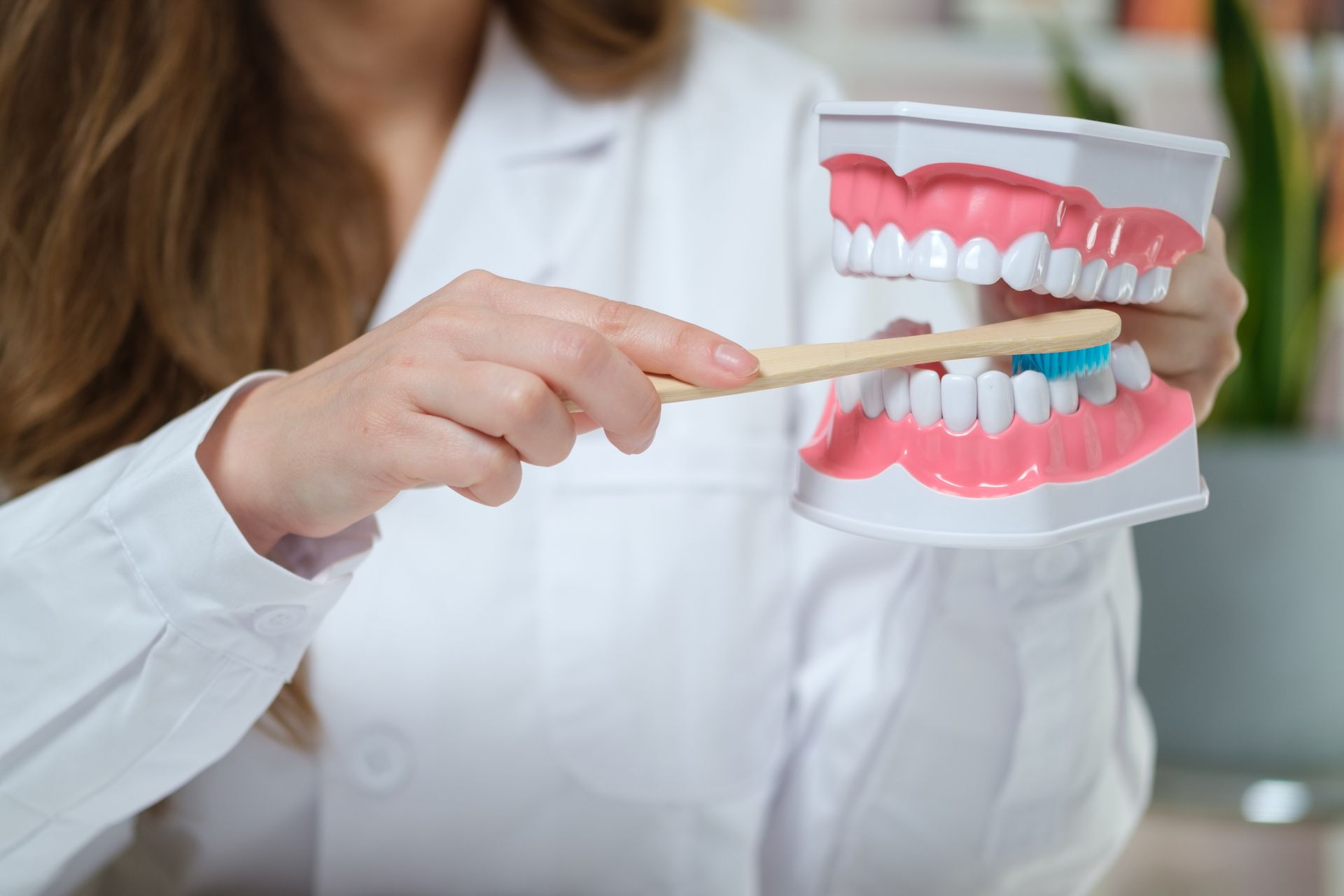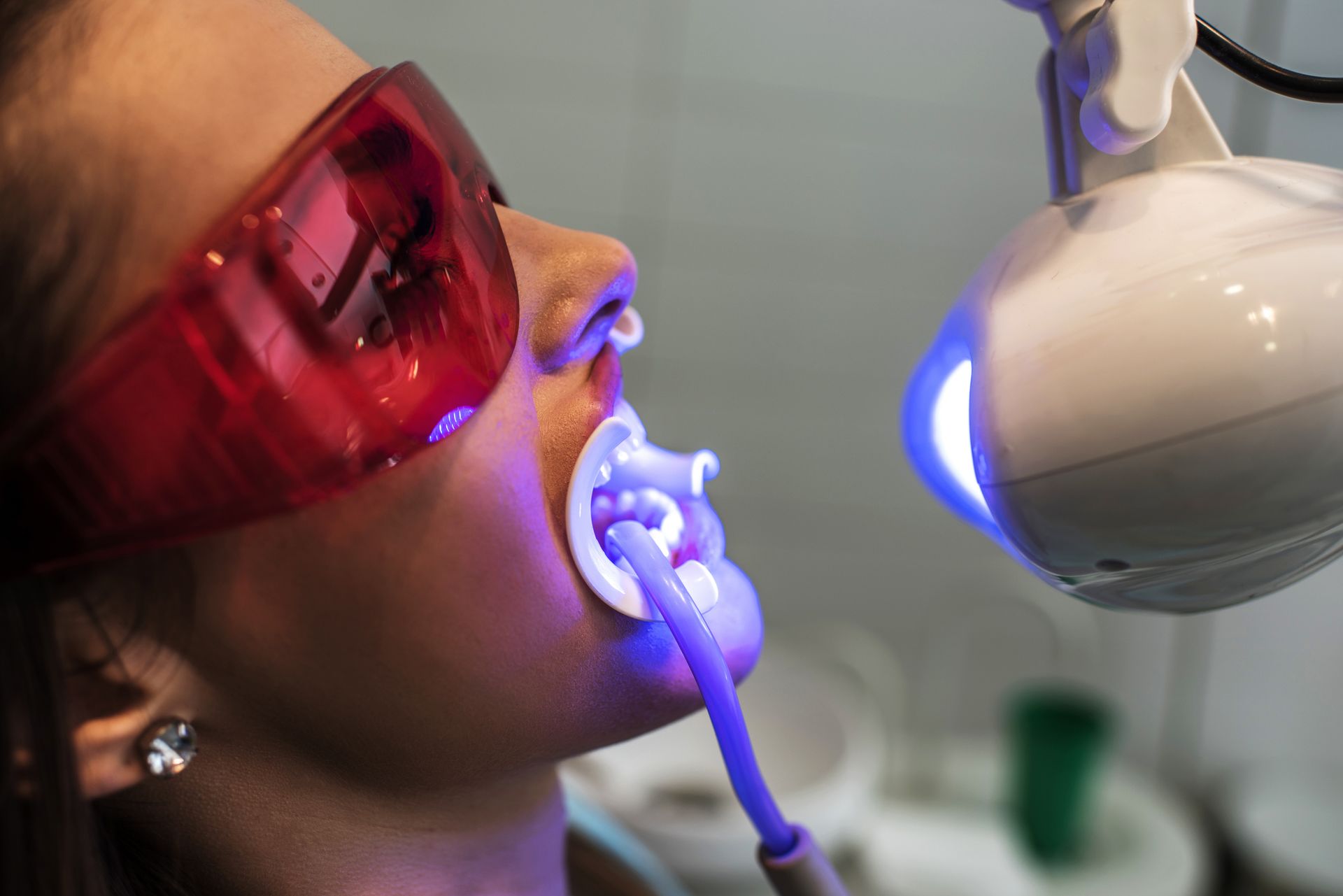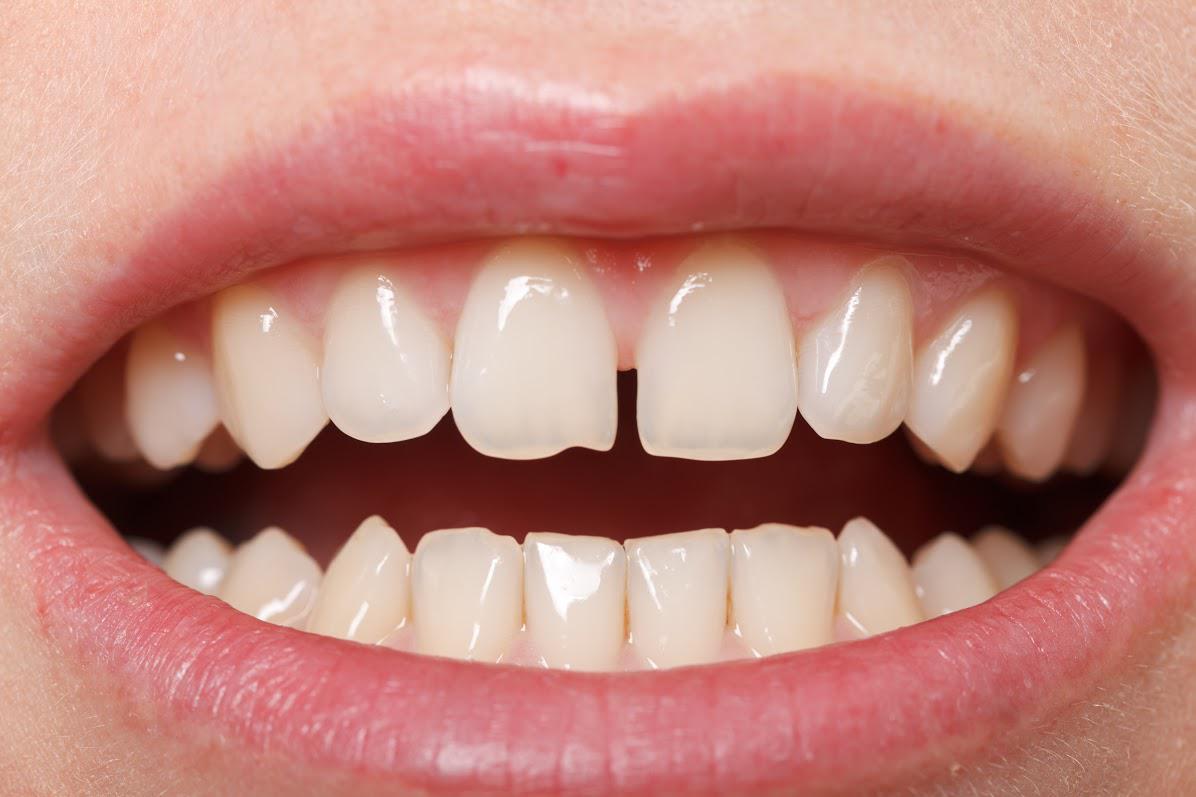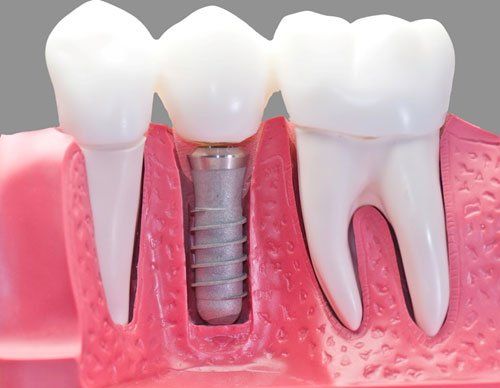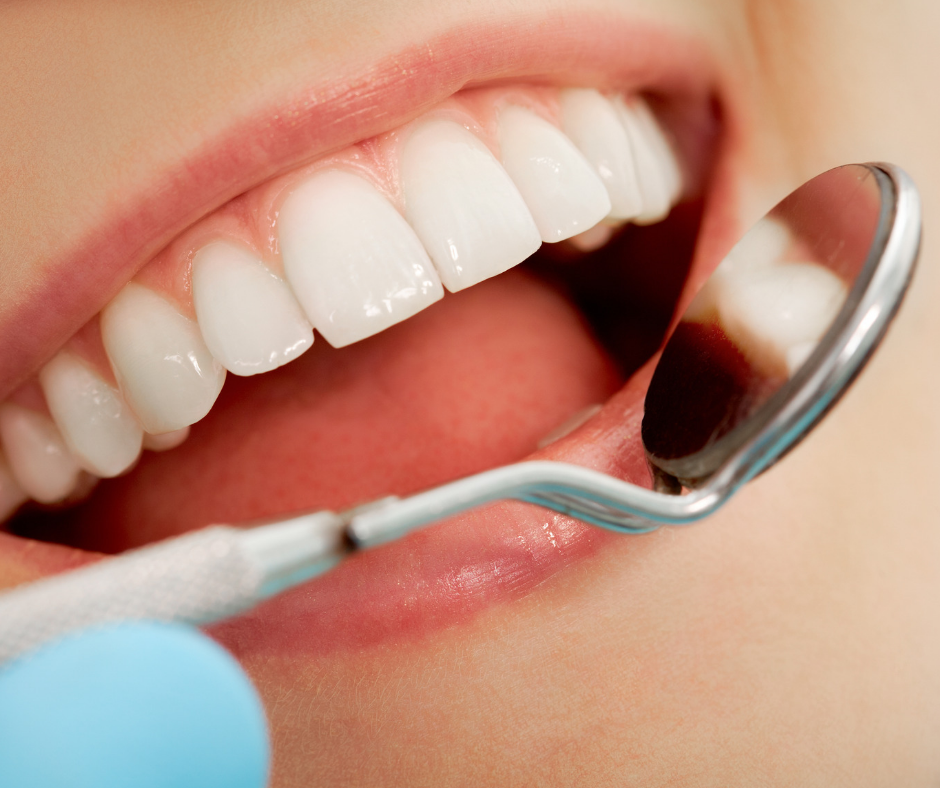Inlays, Onlays, and Crowns: Understanding the Similarities and Differences
Admin • June 25, 2020

Despite their hard enamel coatings, teeth can sustain damage due to accidents, decay, or age-related wear and tear. Fortunately, modern dental techniques offer patients several options for restoring portions of their teeth. Three such options include inlays, onlays, and crowns.
Differences in Form
Crowns, inlays, and onlays differ in the amount of tooth surface that they replace. A dental crown gets its name from the fact that it covers the entire crown of the tooth, from the fissures and chewing surfaces on top to just below the gum line. This complete coverage also causes people to refer to crowns as caps.
Inlays solely address cracks or decay in the fissures between the cusps of a tooth, much like fillings. Unlike fillings, however, dentists fabricate inlays outside the mouth instead of simply shaping the restorative material inside a drilled hole in the tooth.
An onlay covers both the fissures of the tooth and one of the cusps.
Differences in Function
Inlays, onlays, and crowns all restore a tooth's structure and function to some degree. The choice of restoration that your dentist recommends will depend mainly on the extent of the damage, the strength of the remaining tooth, and amount of tooth material that needs reinforcement.
Dentists often turn to inlays as the next step beyond fillings for the repair of large, deep cavities that standard fillings cannot correct satisfactorily. A form-fitted porcelain or composite inlay actually lends greater chewing strength of the repaired tooth while offering more durability than a filling.
An onlay can protect and strengthen a tooth in which at least one cusp has become cracked, chipped, or broken along the chewing surface. It serves as an intermediate measure to keep such damage from progressing to the point that it needs a crown.
Dental crowns provide the strongest functional reinforcement for broken, chipped, or cracked teeth. Unlike inlays or onlays, they can restore cracks or other damage that extend to the sides of the teeth (but not for cracks that extend into the roots).
Dental crowns also play roles in more extensive kinds of tooth restoration. For instance, an implant will include a permanent crown to provide a realistic smile and natural chewing function. Crowns also fill out the missing teeth in bridges.
Differences in Appliance
Inlays, onlays, and crowns all share certain similarities regarding preparation and installation. In all three cases, the dentist must make the tooth ready to receive its restoration. This process may involve cleaning out decay and shaping the tooth enamel.
If you need an inlay, you may find the enamel shaping process similar to that of having a tooth drilled for a filling. Onlays may require more extensive enamel removal from the surface receiving the restoration. Crowned teeth usually need reshaping of all enamel surfaces.
The dentist will take impressions of the tooth during this preparatory appointment. These impressions will go to a dental laboratory, which will create a restoration that fits the tooth perfectly. Whatever type restoration you get, you may need to wear a temporary restoration until the permanent version arrives.
Differences in Lifespan and Cost
The life expectancy of any tooth restoration hinges on many factors, from the type of procedure and the materials used to the care that the restored tooth receives from its owner.
Dental crowns, which typically take a lot of punishment from biting and chewing forces, typically last from five to 15 years
before they start to wear out. Dental inlays or onlays may last much longer than crowns, although they may also need replacement eventually.
Crowns cost more than inlays or onlays due to the more extensive amount of work and material that goes into them. However, onlays made of gold or other expensive materials can sometimes rival crowns in this area.
Gregory S. Rutherford, DDS, PA, can help you choose the ideal tooth restoration for your needs. Contact
our clinic today.

If your dentures aren't fitting like they used to, it may be time to consider denture relining. Denture relining is a process that your dentist can use to provide a new, more comfortable fit for your existing dentures without replacing them. Here is an overview of denture relining so that you know what to expect from the procedure and can have an informed conversation with your dentist. Relining Procedure Denture relining is usually a simple procedure that can be completed in less than an hour. When you visit your dentist, he or she will first examine your mouth to assess the level of irritation that is present. If significant sores or swelling is present from the poorly fitting dentures, the dentist may recommend a temporary reline while your mouth heals and allow you to return later for the permanent reline. To perform a permanent reline, your dentist will first clean your dentures and sand away a small amount of material on the denture plate. After removing material in areas that are causing uncomfortable contact with your mouth, the dentist will then apply the soft or hard relining resin to the dentures. You will place the dentures back in your mouth and bite down gently to make an impression in the resin. Once the resin hardens, the reline is complete. Soft Relining Soft relining resin is one of two optional materials for use in denture relining. This resin is made of silicone and creates a softer, more comfortable base for the denture. Soft relining is the best choice for people with thin or especially sensitive gums, as there is less chance that irritation will develop in the future. The downside of soft relining is that because the material is softer, it is also less durable than the original denture or hard relining resin. This means that you will require more frequent visits for relining than if you choose to use hard resin. Soft relines are a better choice for older patients who usually have thinner gums and more advanced recession of the gums and other tissues in the mouth. Hard Relining Hard relining is the standard for denture relining, as it is both long-lasting and comfortable for all but the most sensitive gums. Hard relining resin is made from acrylic that is similar in composition to the original acrylic of your dentures. With hard denture relines, you shouldn't expect to need your dentures relined more often than every one to two years. The only potential drawback of hard denture relines is that they cannot always be completed on the day of your visit. While your dentist may be able to apply the reline, take an impression of your mouth, and harden the relining putty in one sitting, he or she may choose to send the impression to a dental laboratory for development. This will leave you without your dentures for a few days but is sometimes necessary to ensure the hard resin fits perfectly. Relining Benefits Denture relining resolves a number of issues that you may think would require replacement of your dentures. Sores, irritation, and general discomfort are the primary reasons that many patients consider relining. You may find that it is easier to chew with your relined dentures, and relining can also resolve slurs, lisps, and other speech difficulties caused by improper denture fit. Relining is also less expensive than an entirely new set of dentures. Even if you maintain a perfect oral health routine, the shape of your mouth will change over time. Denture relining is the best way to update an old set of dentures so that they fit comfortably throughout your life. If your dentures don't fit like they used to, Gregory S. Rutherford, DDS, PA can provide denture relining that will make them fit like new again!

